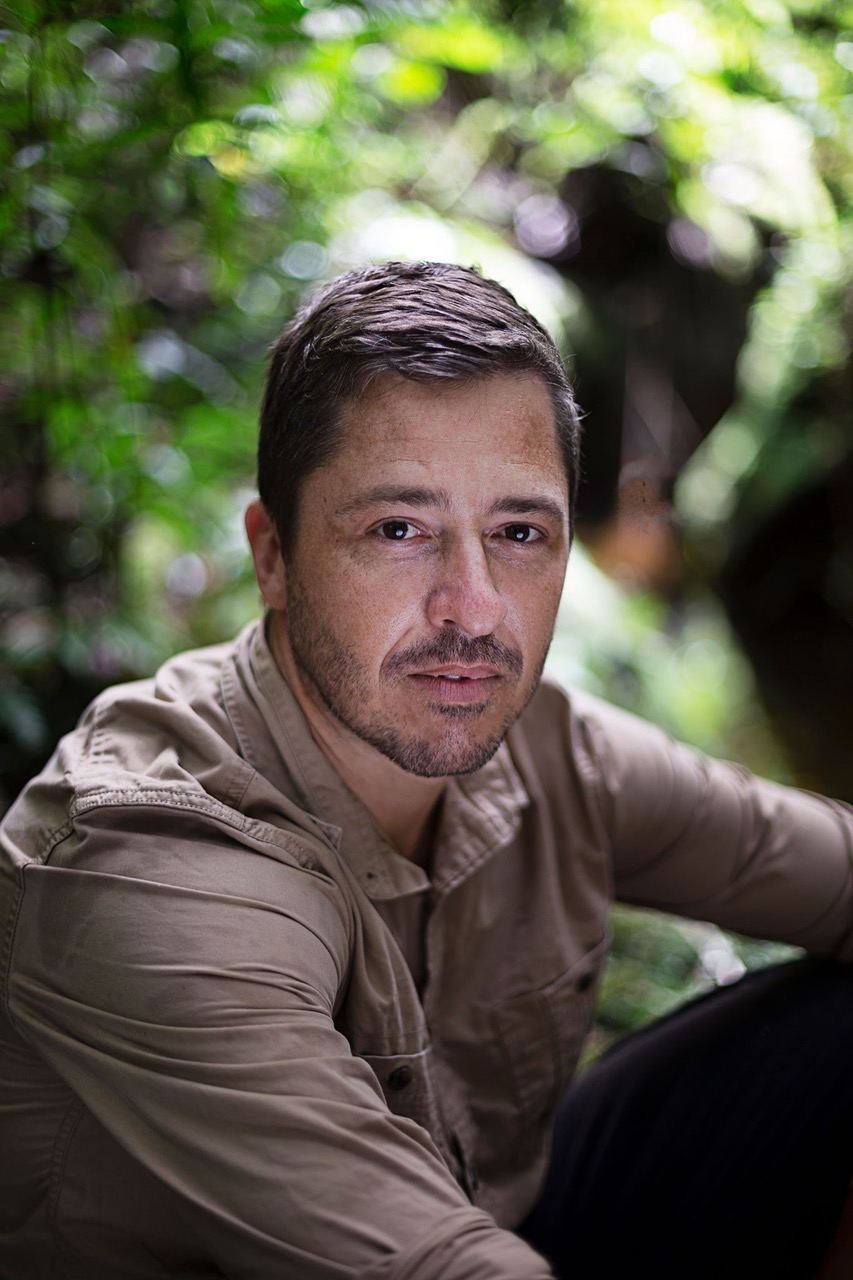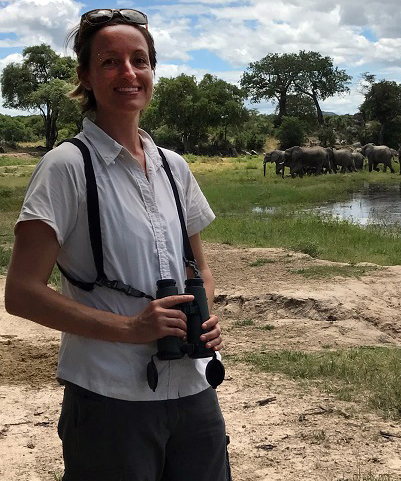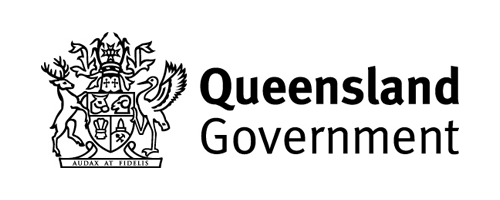
Project: 8.1.2
Design for post-fire impact monitoring, including synthesis of current monitoring projects
Project Leaders: Darren Southwell , Tyrone Lavery
Research in Brief
The 2019–20 bushfires in southern Australia severely impacted populations and ecological communities. This project will consider where, how, and when to monitor for all priority vertebrate, invertebrate and plant species identified by the Wildlife and Threatened Species Bushfire Recovery Expert Panel. Specifically, the project will: collate information on pre-and post-fire monitoring efforts for priority vertebrates, plants, and invertebrates; assess the effectiveness of monitoring at detecting the recovery of populations (or lack thereof) over the short to medium term (i.e., 10 years); estimate the chance of detecting such trends under a range of budgetary constraints; and engage with practitioners to determine pathways to implementing monitoring and assessing management effectiveness for selected case study species.
Why is the research needed?
The 2019–20 bushfires in southern Australia resulted in an estimated direct mortality of more than one billion mammals, birds and reptiles. Threatened species were particularly vulnerable, with many likely pushed closer towards the brink of extinction. While rapid reconnaissance surveys are already underway to assess the immediate impact of the fires on some threatened species, medium- to long-term monitoring is needed to track population recoveries and measure whether post-fire management of threats, such as fox and cat control, is effective at aiding recovery.
This project will aim to provide an overview of priorities for threatened species monitoring in response to the 2019-20 bushfire crisis. It will also aim to guide specific monitoring activities for these priority species by preparing example studies focused on fire affected species or sites.
How will the research help?
Specifically, the project aims to:
- collate information on pre- and post-fire monitoring for priority listed vertebrates, plants and invertebrates to identify and highlight existing baseline data where possible for post-fire comparisons;
- estimate the chance that monitoring programs already underway will detect population recoveries (or lack thereof);
- identify where to position new monitoring sites (and how many are needed) within the burnt zone (and with unburnt controls) to improve the chance of detecting population recoveries or further declines. Where possible, new sites will be built around existing pre- and post-fire monitoring programs and account for complementarity;
- estimate the budgetary requirements for appropriate monitoring across a set of scenarios varying in comprehensiveness of – the number of priority species monitored, duration, periodicity, and links to management questions;
- develop more detailed monitoring designs for selected case study species or systems, including pathways for implementation.
 A northern corroboree frog observed during post-fire surveys in Kosciuszko National Park. Image: Ben Scheele
A northern corroboree frog observed during post-fire surveys in Kosciuszko National Park. Image: Ben Scheele
What research activities are being undertaken?
This project builds on NESP Threatened Species Recovery Hub Project 8.1.1, which aims to identify priority regions for rapid post-fire reconnaissance surveys by combining species distribution models for priority species with fire severity maps.
This project is an extension of this work that aims to:
- collate information on existing monitoring projects that are relevant to assessments of fire impact and recovery;
- determine appropriate metrics for monitoring, e.g. demographic characteristics, density, occupancy, for different priority species;
- identify opportunities to enhance existing monitoring, e.g. priority species without current monitoring, where existing monitoring provides inadequate spatial representation, where monitoring does not already include unburnt and burnt sites (including sites exposed to varying fire severity);
- identify regional efficiencies and coordination for monitoring programs across sets of co-occurring fire-affected priority species;
- where relevant, identify how many sites (and/or optimal monitoring periodicity) are needed to have sufficient statistical power at detecting moderate population recoveries over the short-to-medium term (i.e. 10 years) with due consideration of accessibility and cost. This analysis will make use of a simulation tool for spatially explicit power analysis (Project 3.2.2.3) and species distribution models developed in Project 8.1.1.
- in collaboration with managers and landholders, collate information on likely remedial management responses and their locations for a selection
of case study species or systems, to help inform monitoring site selection that can effectively measure responses to post-fire management; - (with relevant practitioners) develop or identify best practice monitoring guidelines for select priority fire-affected species and systems;
- engage with practitioners for a selection of priority case study species and systems to further explore pathways to implementation.
Who is involved?
The project team of University of Melbourne and Australian National University researchers are partnering with state and territory governments affected by the 2019–20 wildfires, Birdlife Australia, recovery teams and the Wildlife and Threatened Species Bushfire Recovery Expert Panel.
Where is the research happening?
This project focuses on fire affected areas from a national perspective, which includes all states and territories of Australia except for the Northern Territory. No on-ground research will be funded. It will consider all fire-affected species listed as a priority by the Wildlife and Threatened Species Bushfire Recovery Expert Panel.
When is the research happening?
The project will run from January 2020 to June 2021.
Further information
For more information please contact:
Darren Southwell - darren.southwell@unimelb.edu.au
Top image: Dr Ben Scheele undertaking a survey of northern corroboree frogs in an area of Kosciuszko National Park burnt in the 2019/20 summer bushfires. Image: Ben Scheele
-
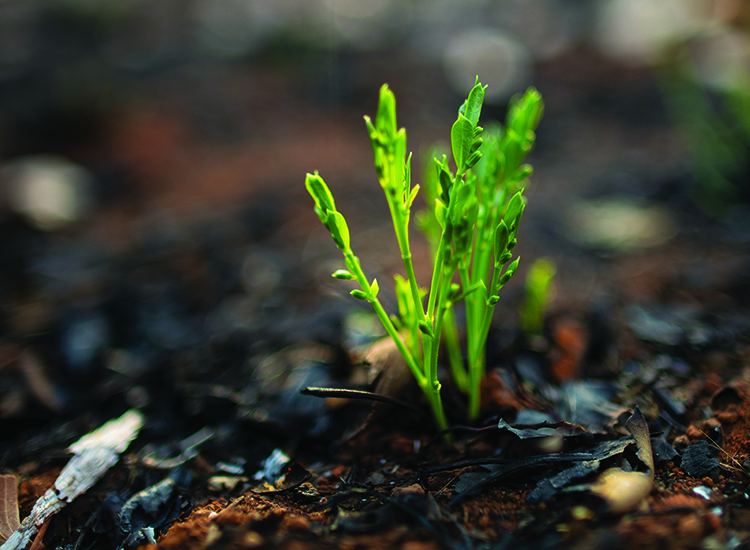
From the ashes: The 2019–20 wildfires and biodiversity loss and recovery
Monday, 31 August 2020 -
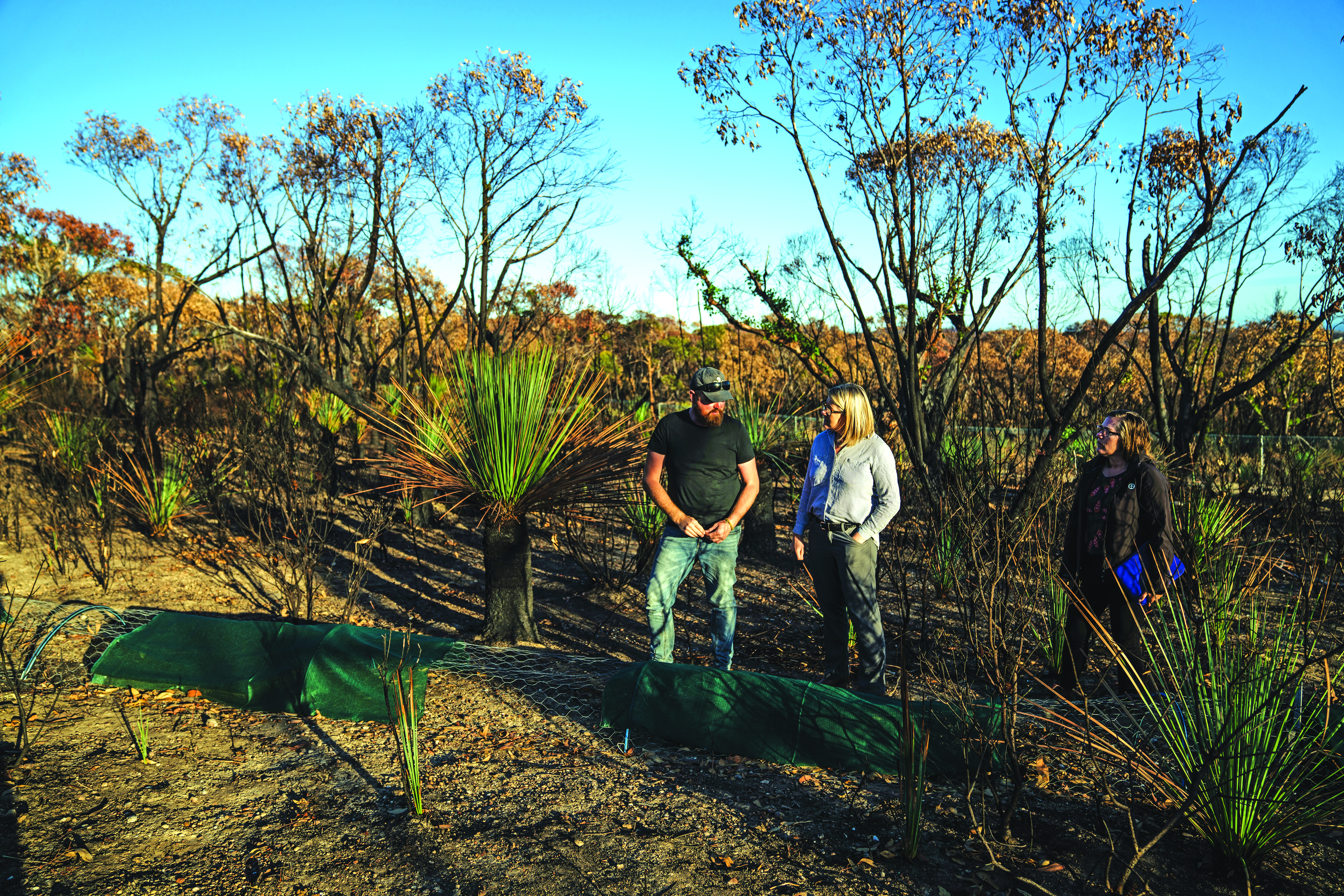
Rapid action to save species after the fires
Monday, 31 August 2020 -
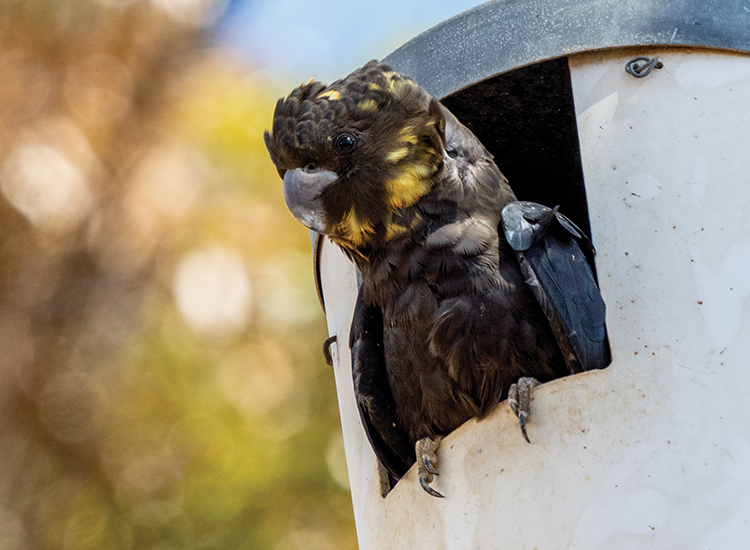
Prioritising action for animal species after the fires
Tuesday, 01 September 2020 -
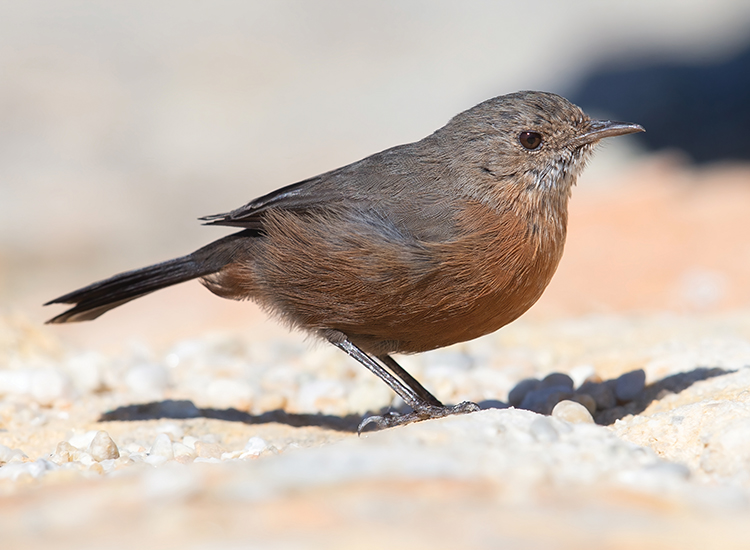
Protecting persistence: Listing species after the fires
Tuesday, 01 September 2020

